Hippopotamus
- February 22, 2024
- 0 comment
The hippopotamus, often referred to as the “river horse,” is a fascinating mammal found in sub-Saharan Africa. With its massive size, unique appearance, and intriguing behaviors, the hippo captivates the imagination of people around the world. Despite its somewhat docile appearance, the hippopotamus is one of the most dangerous animals in Africa, known for its territorial nature and aggressive tendencies, especially when threatened.
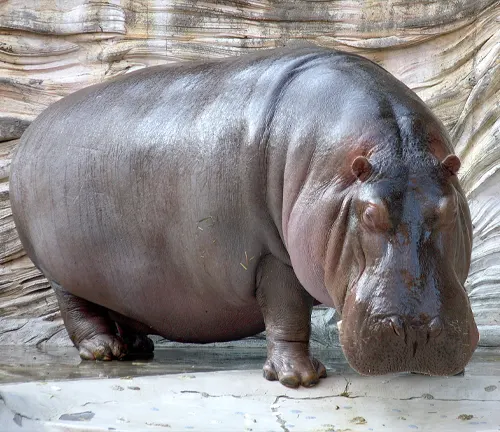
These semi-aquatic giants spend much of their time submerged in rivers, lakes, and wetlands, emerging at night to graze on vegetation. Despite their herbivorous diet, hippos possess formidable jaws and teeth capable of inflicting serious injury. Conservation efforts are underway to protect hippopotamus populations from threats such as habitat loss, poaching, and human-wildlife conflict, ensuring the survival of this iconic species for future generations to appreciate and admire.
| Specifications | Description |
|---|---|
| Scientific Name | Hippopotamus amphibius |
| Average Weight | 1,500 to 3,200 kilograms (3,300 to 7,000 pounds) |
| Average Length | Up to 4.5 meters (15 feet) |
| Habitat | Rivers, lakes, and wetlands in sub-Saharan Africa |
| Diet | Herbivorous – primarily feeds on grasses and aquatic plants |
| Lifespan | Up to 40 years in the wild |
| Social Structure | Highly territorial; live in groups called pods led by a dominant male |
| Reproduction | Gestation period of about 8 months; typically give birth to a single calf |
| Conservation Status | Vulnerable (IUCN); populations declining due to habitat loss and poaching |
| Threats | Habitat loss, poaching for meat and ivory, human-wildlife conflict |
| Unique Adaptations | Thick skin, red oily secretion acts as sunscreen, eyes and nostrils on top |
| Behavioral Traits | Nocturnal, spend most of the day submerged in water, agile swimmers |
| Cultural Significance | Symbol of fertility, protection, and power in African folklore |
Understanding the Behemoth of the Rivers
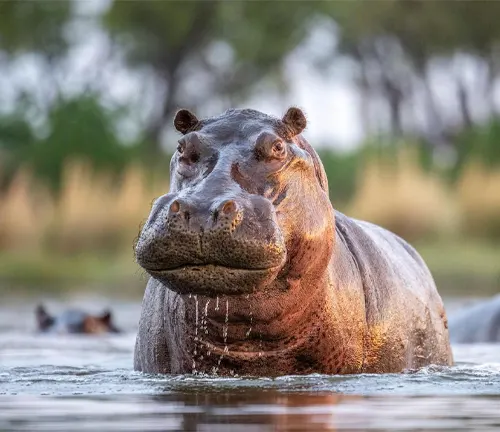
Hippopotamus, often referred to as river horses, are large, herbivorous mammals found in sub-Saharan Africa. These magnificent creatures are known for their formidable size, unique appearance, and intriguing behaviors, making them a fascinating subject of study and admiration.
Hippopotamuses belong to the family Hippopotamidae and are among the largest land mammals on Earth. Despite their bulky appearance, they are remarkably agile in water, spending a significant portion of their time submerged.
Physical Characteristics of Hippopotamus
Size and Weight
Hippopotamuses are large mammals, with adult males typically larger and heavier than females. They can reach lengths of up to 4.5 meters (15 feet) from nose to tail and weigh anywhere between 1,500 to 3,200 kilograms (3,300 to 7,000 pounds).
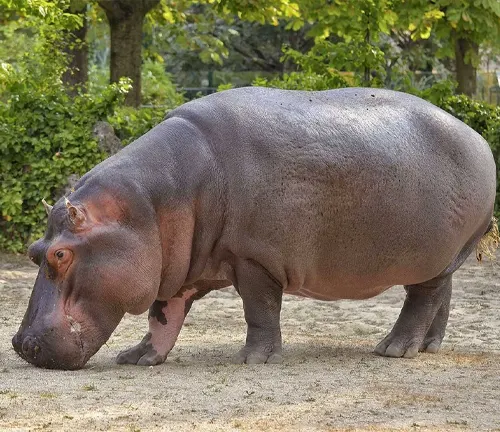

Skin
The skin of hippopotamuses is thick, nearly hairless, and highly sensitive to sunburn. To protect themselves from the sun, hippos secrete a red, oily substance from their pores that acts as a natural sunscreen. Despite their common depiction as gray or brown, hippos’ skin coloration can vary from pinkish-brown to dark brown or gray, depending on factors such as age, skin condition, and sun exposure.
Teeth and Tusks
Hippos have large canine tusks, which can grow up to 50 centimeters (20 inches) in length. These tusks, along with their powerful jaws and sharp incisors, are used for fighting, defense, and uprooting vegetation. Hippos have a total of 36 teeth, including large, flat molars for grinding tough plant material. These dental adaptations enable hippos to efficiently consume large quantities of vegetation to meet their nutritional needs.

Habitat and Distribution
The habitat and distribution of hippopotamuses are primarily centered around sub-Saharan Africa, where they are found in various freshwater habitats such as rivers, lakes, swamps, and wetlands. Here are some key points regarding their habitat and distribution:
Freshwater Habitats
Hippopotamuses primarily inhabit freshwater ecosystems such as rivers, lakes, swamps, and wetlands. These habitats provide hippos with access to water for drinking, bathing, and cooling off during hot periods. The presence of lush vegetation in these areas also supports their herbivorous diet, ensuring a stable food source for these large mammals.

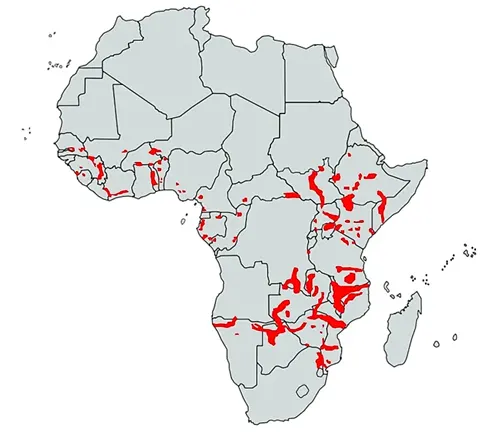
Sub-Saharan Africa
Hippopotamuses are native to sub-Saharan Africa and are found in various countries across the continent, including Kenya, Tanzania, Zambia, Uganda, Democratic Republic of Congo, South Africa, and others. They have a wide distribution within this region, occupying different river systems and freshwater habitats where suitable conditions are present.
Territorial Behavior
Hippos exhibit territorial behavior and establish territories along riverbanks and lakeshores. They mark their territories through various means, including vocalizations, scent marking, and aggressive displays. Understanding the territorial behavior of hippos is essential for managing their habitats and ensuring the conservation of viable populations in the wild.

Feeding Habits
Herbivorous Diet
The primary feeding habit of hippopotamuses is their herbivorous diet. They consume large quantities of grasses, aquatic plants, and other vegetation found in their habitats. This feeding habit not only provides hippos with essential nutrients but also helps regulate plant growth in their environment, influencing the structure and dynamics of freshwater ecosystems.
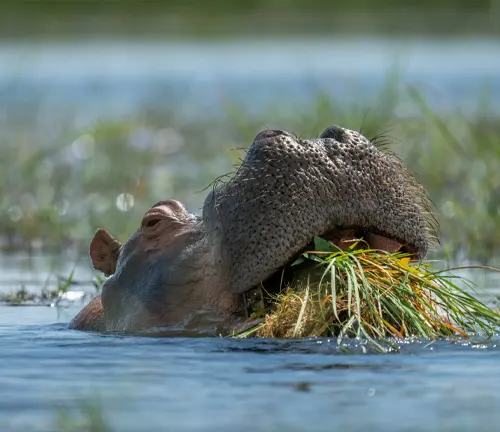
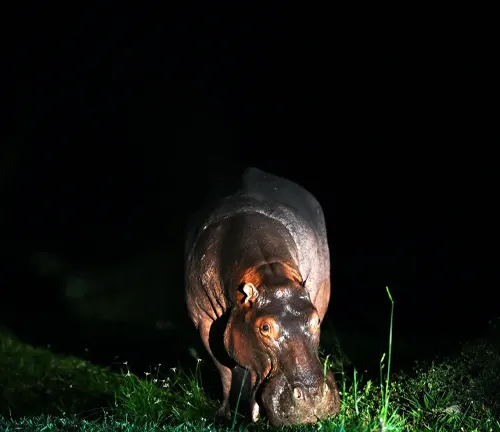
Nocturnal Feeding
Another important feeding habit of hippopotamuses is their nocturnal feeding behavior. Hippos are predominantly active at night, venturing out of the water to graze on land under the cover of darkness. This nocturnal feeding pattern allows hippos to avoid the heat of the day and reduce their exposure to potential predators while satisfying their nutritional needs.
Reproduction and Lifecycle
Mating Behavior
Hippopotamuses engage in elaborate mating rituals, which typically occur in the water. Males compete for access to females through displays of dominance, vocalizations, and physical interactions. Once a male establishes dominance, he mates with receptive females in his territory. The mating process often involves underwater copulation, with the female submerged and the male mounting her from behind. After mating, the female undergoes a gestation period of approximately 8 months before giving birth to a single calf.
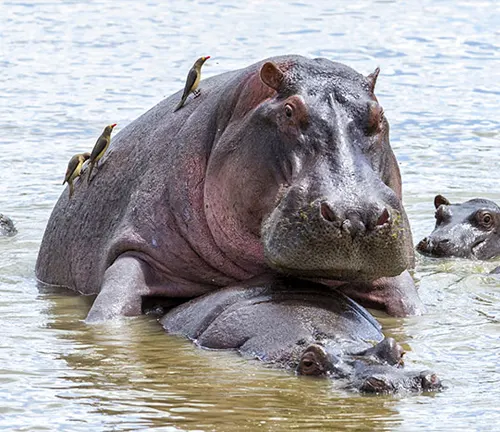
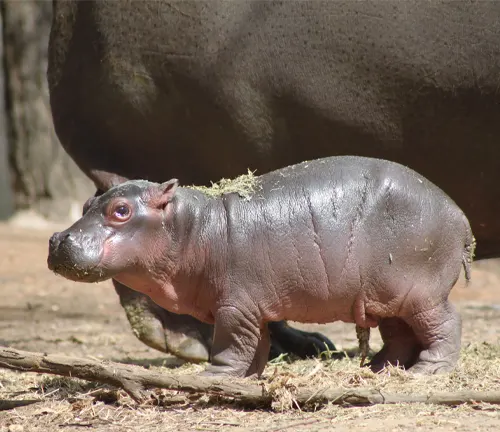
Parental Care
Female hippos are responsible for caring for their offspring, known as calves, which are born underwater. Calves are able to swim and nurse shortly after birth, relying on their mothers for protection and nourishment. The bond between mother and calf is strong, with the mother providing constant care and guidance during the early stages of the calf’s life. Calves typically stay close to their mothers for several months, gradually gaining independence as they grow and develop. This parental care is crucial for the survival of hippopotamus offspring in the challenging and often dangerous environment of their freshwater habitats.
Threats and Conservation Status
Threats
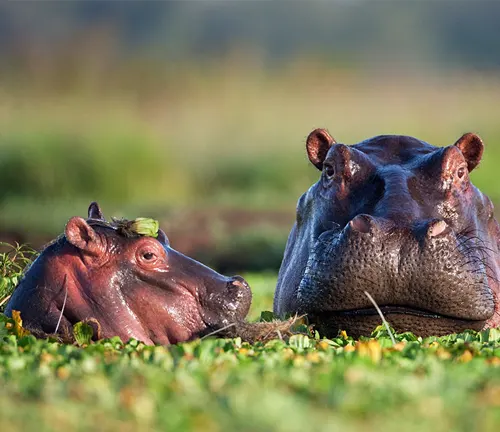

Habitat Loss
One of the primary threats to hippopotamus populations is habitat loss and degradation due to human activities such as deforestation, agricultural expansion, and urban development. As natural habitats are converted for human use, hippos lose access to critical feeding and breeding grounds, leading to population declines.
Poaching
Hippopotamuses are poached for their meat, hide, and ivory tusks. Despite international regulations prohibiting the trade of hippopotamus products, illegal poaching continues to occur, driven by demand for hippo meat and other body parts in some regions.
Human-Wildlife Conflict
Conflicts between hippos and humans often arise due to competition for resources, encroachment on hippo habitats, and retaliatory killings by farmers to protect crops and livestock. These conflicts can result in the loss of hippo lives and exacerbate tensions between local communities and conservation authorities.
Conservation Status
Vulnerable (IUCN)
The hippopotamus is classified as “Vulnerable” on the International Union for Conservation of Nature (IUCN) Red List of Threatened Species. This designation reflects the declining population trend of hippos, primarily due to habitat loss, poaching, and human-wildlife conflict.
Protected Areas
Efforts to conserve hippopotamus populations include the establishment and management of protected areas such as national parks, wildlife reserves, and sanctuaries. These protected areas provide safe havens for hippos to thrive and contribute to broader conservation initiatives aimed at preserving biodiversity and ecosystems.
Community Engagement
Conservation organizations work closely with local communities to address human-wildlife conflicts and promote sustainable coexistence between humans and hippos. Community-based conservation initiatives involve education, alternative livelihood opportunities, and measures to mitigate conflicts, ensuring the long-term conservation of hippopotamus populations while benefiting local communities.
Different Species
Common Hippopotamus
(Hippopotamus amphibius)
This is the only living species of hippopotamus. It is found in sub-Saharan Africa and is known for its large size, semi-aquatic lifestyle, and herbivorous diet.
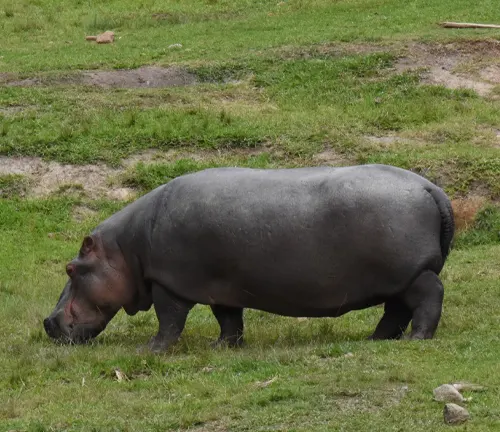
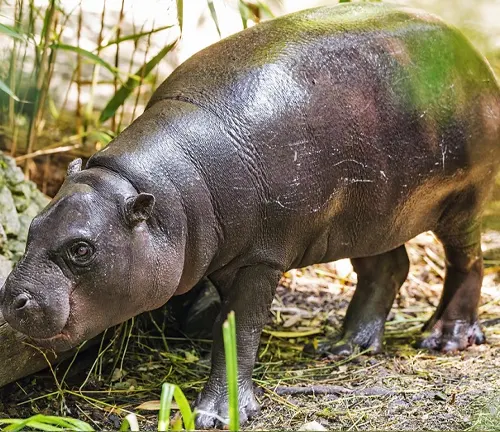
Pygmy Hippopotamus
(Choeropsis liberiensis)
Although not classified under the genus Hippopotamus, the pygmy hippopotamus is another species of hippopotamus. It is much smaller than the common hippopotamus and is native to the forests of West Africa. Unlike its larger cousin, the pygmy hippopotamus is primarily nocturnal and leads a more solitary lifestyle.
Frequently Asked Questions (FAQs)
- Are hippos dangerous to humans?
Despite their herbivorous diet, hippos are considered one of the most dangerous animals in Africa due to their territorial behavior and propensity for aggression, especially when provoked. - How fast can a hippo run?
Despite their massive size, hippos can run at speeds of up to 30 kilometers per hour over short distances, making them surprisingly agile on land. - Do hippos eat meat?
No, hippos are strictly herbivores and primarily feed on grasses and aquatic plants. - What do hippos use their tusks for?
Hippos use their large tusks mainly for fighting and defending their territory. They also help in uprooting vegetation. - Can hippos swim?
Yes, hippos are excellent swimmers and can hold their breath for several minutes underwater. They often use water as a means of escaping predators and regulating body temperature. - How long do hippos live in the wild?
The average lifespan of a hippopotamus in the wild is around 40 years, although they can live longer in captivity. - Why do hippos spend so much time in water?
Hippos spend a significant amount of time in water to keep their massive bodies cool and hydrated, especially during the hot African days. Water also provides protection from predators. - Do hippos have any natural predators?
While adult hippos are formidable and have few natural predators, young calves may fall prey to crocodiles, lions, and hyenas. - How do hippos communicate?
Hippos communicate through various vocalizations, including grunts, snorts, and bellows, which serve to establish dominance, warn of danger, and maintain social cohesion within the group. - How many hippos are left in the wild?
The exact population of hippos in the wild is difficult to determine, but they are currently classified as vulnerable by the International Union for Conservation of Nature (IUCN) due to habitat loss, poaching, and human-wildlife conflict. - Why are hippos sometimes called river horses?
The term “river horse” is derived from the Greek words “hippos” (horse) and “potamos” (river), reflecting their semi-aquatic lifestyle and horse-like head. - Do hippos have any social structure?
Yes, hippos typically live in groups called pods, led by a dominant male. They exhibit complex social behaviors and hierarchies within these groups.




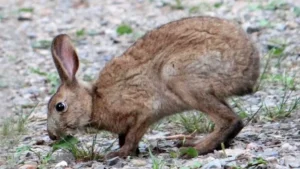




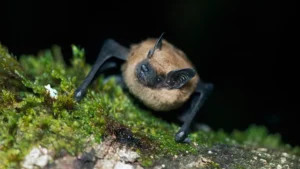

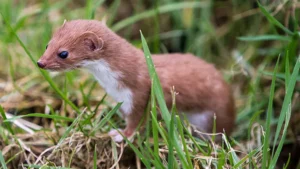


Leave your comment